24 Things to Know When Visiting the Vietnam Veterans Memorial
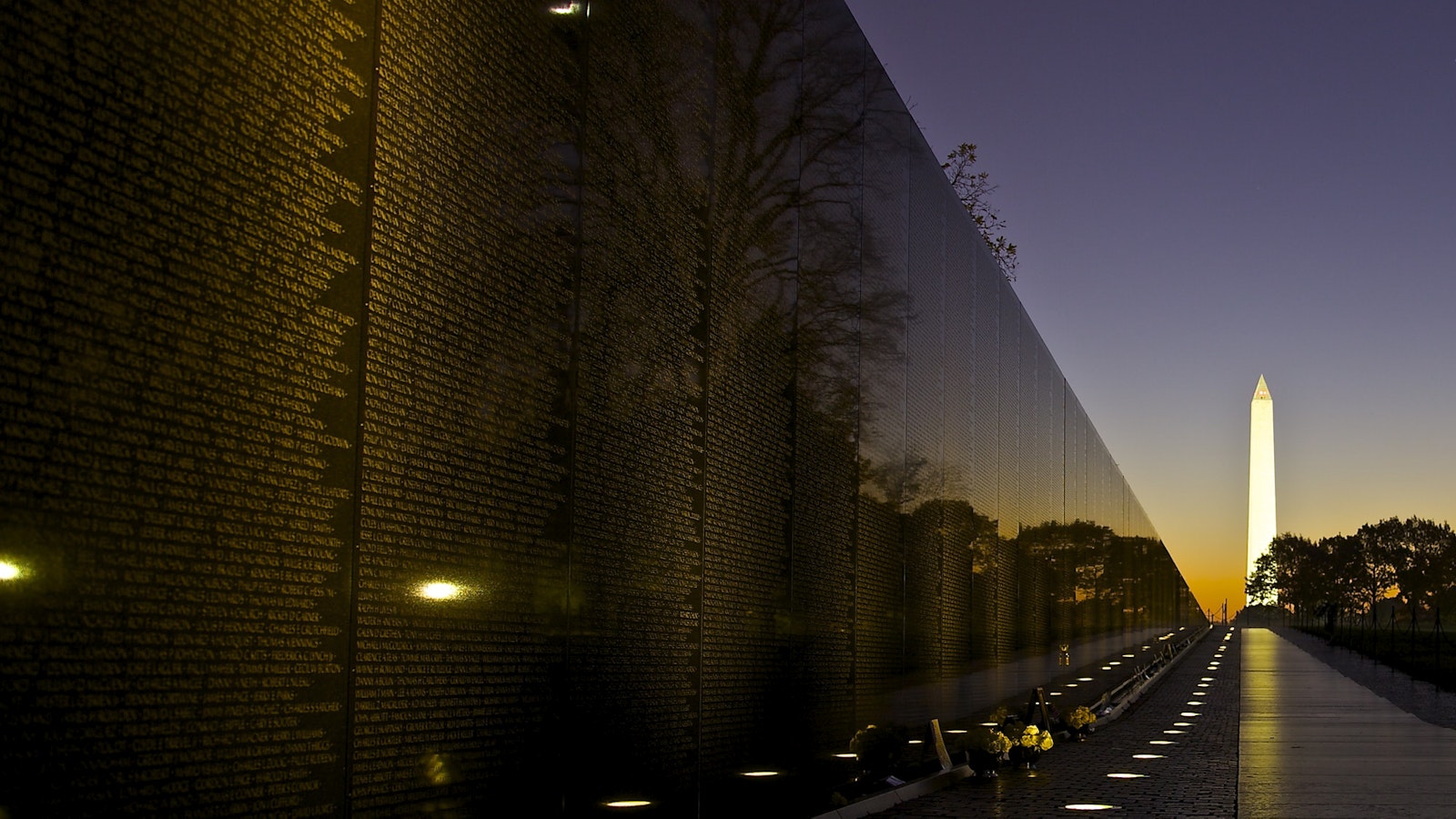
.
.
We call our national parks our national inheritance. We call them our nation’s gems – our legacy for future generations. We talk about the places they protect and the stories they preserve so that we never forget, never take for granted the struggles it took to forge this nation of ours.
Of the many narratives that have shaped our collective heritage, that of our armed forces stands apart.
Our military history is made up of tales of extraordinary heroism, determination, and sacrifice. These tales are interwoven into the National Park System – not only in battlefield and military parks, but also into our nation’s most iconic gems like Yosemite National Park and Golden Gate National Recreation Area.
In fact, if you were to examine the list of most-visited sites in the National Park System, you’d find a popular – and moving – place where you can learn about the courage and service of our military women and men at the Vietnam Veterans Memorial.
Located on the northwest corner of National Mall and Memorial Parks, the Vietnam Veterans Memorial is an exceptional national park site where you can pay tribute to the men and women who served and who lost their lives during the Vietnam War. Within the site, visitors have the opportunity to honor the names of the fallen who are inscribed on the Memorial Wall, visit the Three Servicemen statue, look upon the Vietnam Women’s Memorial statue, and reflect at the In Memory plaque.
Having welcomed over 5.5 million people last year, our veterans’ stories continue to resonate with visitors at this national park site. Their grit and sacrifice continue to inspire us to give thanks for their service and to never take for granted the cost of our freedom.
The next time you have the opportunity to visit the Vietnam Veterans Memorial, let these fascinating facts help guide you through the powerful stories and symbolism enshrined within this national park.
The Memorial Wall
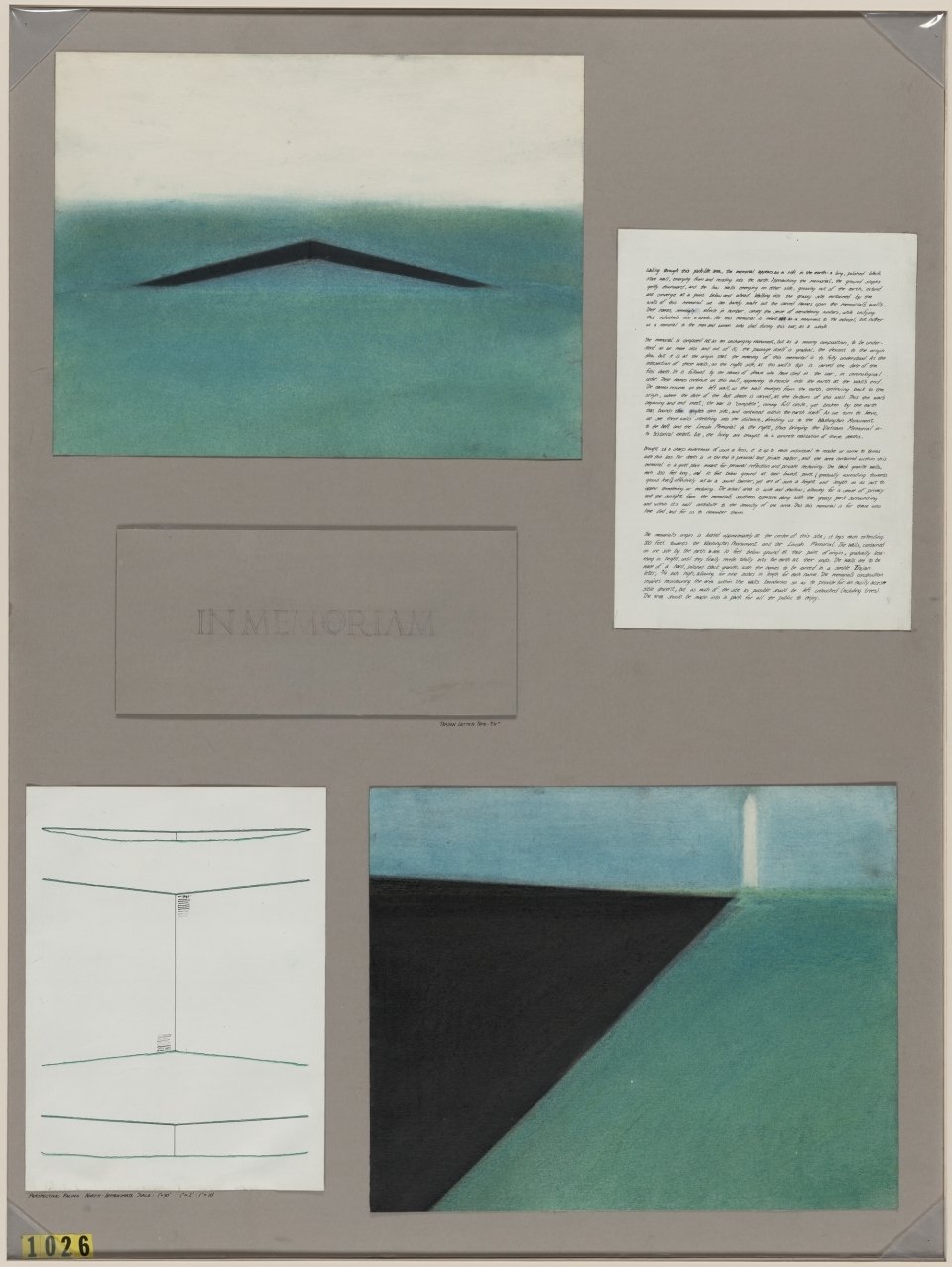
- The design for the memorial was determined through a nationwide competition.
- Of the over 1,400 submissions, Yale architecture student Maya Lin’s design was chosen by the committee.
- The Memorial Wall was dedicated on Veterans Day of 1982.
- 70 separate panels make up each of the walls of the ‘v’ shape.
- One end of the memorial wall points toward the Washington Monument, while the other points to the Lincoln Memorial.
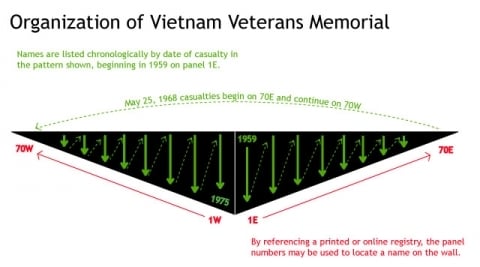
- The two 200-feet-long walls contain more than 58,000 names.
- The names are listed in chronological order by date of their casualty and begin and end at the origin point, or center, of the memorial where the two walls meet.
- Having the names begin and end at the center is meant to form a circle – a completion to the war.
- By including the names of all those who were killed or missing in action, the memorial conveys just how overwhelming the casualties were during this war.
- Visitors can see a reflection of themselves in the names on the black granite walls, connecting the living to those lost.
The Three Servicemen statue
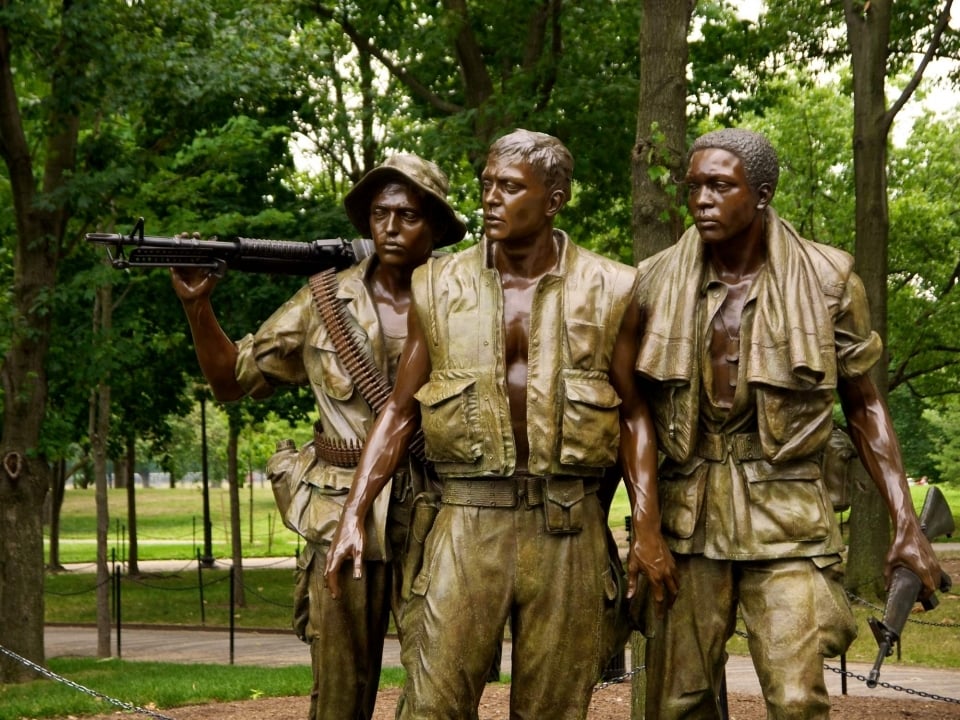
- The statue was unveiled on Veterans Day of 1984.
- It honors those who fought and returned from the war by showing them standing, keeping watch over the wall.
- Artist Frederick Hart used patina to give the bronze statue some color variations.
- The servicemen depicted in the sculpture stand seven feet tall upon a base that is one foot tall.
- The three figures represent a Hispanic man, an African American man, and a Caucasian man – ethic groups that were heavily represented in the war’s combat forces.
Vietnam Women’s Memorial statue
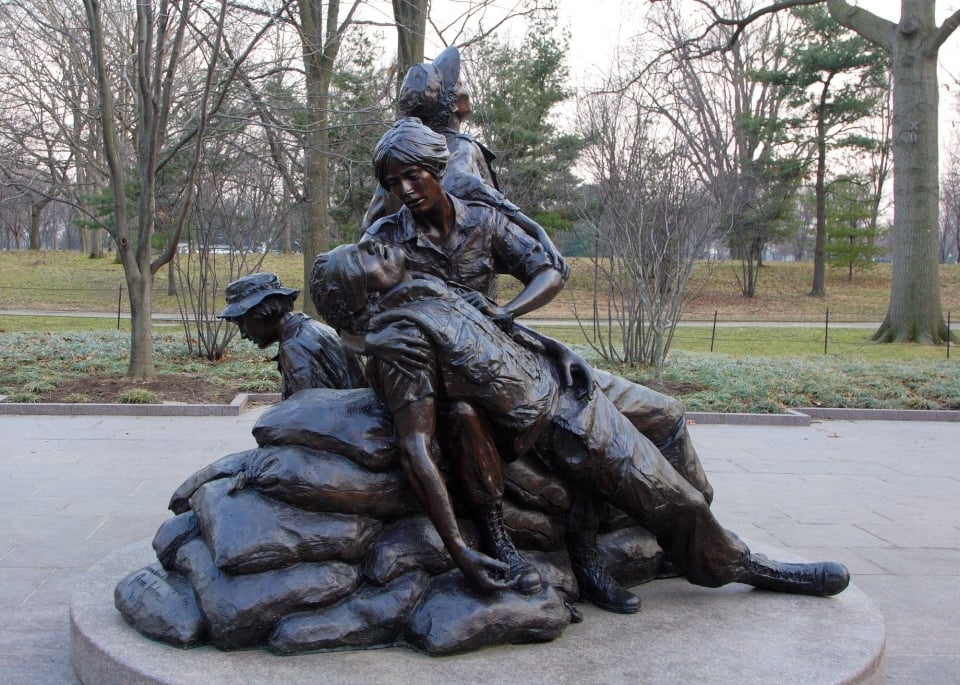
- The Vietnam Women’s Memorial statue was unveiled on Veterans Day of 1993.
- Former Army nurse Diane Carlson Evans led the efforts to recognize the bravery of the nearly 11,000 women who volunteered.
- Evans was the first woman in U.S. history to lead an initiative to create a national monument in D.C.
- Artist Glenna Goodacre composed a scene of a “moment in crisis” to capture the range of emotions women faced in fulfilling their duties.
- The bandage on the wounded soldier’s face is meant to help visitors see themselves as him, and connect with the comfort and care women provided.
In Memory Plaque
- On Veterans Day of 2004, the In Memory plaque was added to the memorial site.
- It is located at the northeast corner of the memorial plaza surrounding The Three Servicemen statue.
- It is meant to recognize the soldiers whose life was cut short as a result of their service in the war, but whose names were not eligible for inscription on the Memorial Wall.
- The causes of death that were attributed to their service in Vietnam included PTSD-related illness, Hodgkin's and Parkinson’s, exposure to chemicals such as Agent Orange, and cancer.
The Vietnam Veterans Memorial is one of many sites in the National Park System that preserve and honor the contributions of our military women and men. Visit the battlefields, military parks, historic sites, and memorials that stand as reminders of their sacrifice, learn about their struggles and experiences defending our values, and give thanks for their valor.